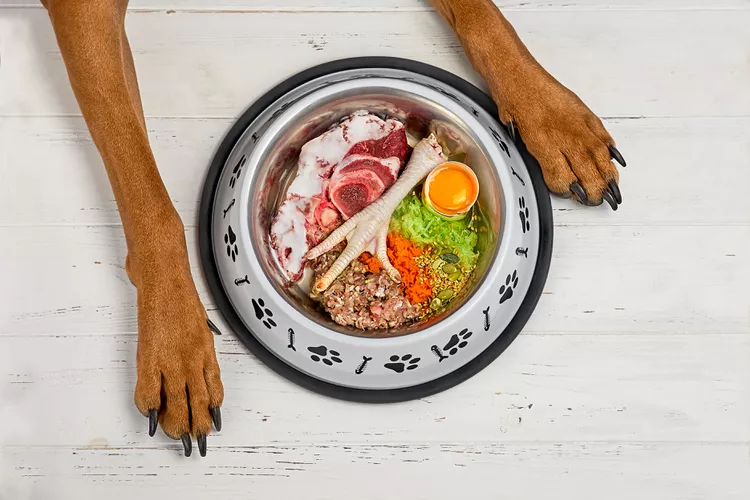
Raw food diets have become increasingly popular as alternatives to traditional dog food diets. Alongside many other dog food trends like grain-free, vegan or vegetarian, and the use of novel proteins, raw food diets have their pros and cons. Concern among veterinary professionals specifically lies in the safety of this type of diet while some pet owners and enthusiasts argue a raw diet is a healthier option for dogs.
A raw food diet is one that does not contain cooked items. Unlike traditional, processed dog food, raw dog food does not come in a kibble or canned form. Freeze-dried and frozen options do exist for dog owners that appreciate convenience but still want to offer raw food. Fresh meat, often still on the bone, along with vegetables, grains, organ meats, eggs, fruit, and even some dairy may be part of a homemade, raw diet. Various recipes can be found online but some dog owners don't follow a recipe.
Commercial dog food is nutritionally balanced, convenient, and affordable, yet despite these good qualities, some dog owners prefer raw food diets. A desire to feed more "natural" items, concerns with their dog's health, and trust issues with pet food manufacturers may lead a dog owner to go the raw route. Some owners even feel that since a dog's ancestors ate raw foods in the wild, their domesticated dog should, too.
Some dogs have food sensitivities or allergies that make it difficult to purchase commercially prepared diets. These dogs may benefit from a home-prepared meal and some owners opt to feed raw diets. A veterinary nutritionist should be involved in formulating a complete and balanced diet for a dog, even if a raw food diet is utilized, to ensure key nutrients will not be lacking.
Dogs can have different nutritional requirements if they have a specific disease but healthy puppies, adults, and pregnant or nursing dogs all require different things from their food, too. This is why different commercial diets exist for dogs in different life stages and also with different health problems. A six-month-old puppy does not have the same nutritional needs as a dog with kidney disease.
Nutrition affects internal organs, skin and coat, bones, muscles, and other parts of your dog, so it is more complicated than some pet owners may realize. Dogs need various vitamins, minerals, proteins, carbohydrates, fibers, and other ingredients to function normally and be healthy. If an improper diet is fed, dogs can develop serious, life-threatening issues, break bones, and not grow properly.
Dogs are omnivores so their nutritional needs reflect that. The Association of American Feed Control Officials (AAFCO) helps define and regulate what pets need and pet food manufacturers use these guidelines to make their foods. Domestic dogs are genetically different than their wolf ancestors so even though they are both canines, domestic dogs evolved to be able to digest starches.
More natural ingredients
Ability to choose exactly what your dog eats
Ability to choose the source of your dog food ingredients
Potential for bacterial and parasitic contamination
Potential for nutritional imbalance
Potential for tooth injuries from bones
Expensive
Time consuming to prepare
The biggest concern people have with feeding raw food diets is the potential for bacterial and parasitic contamination and infection, even in previously frozen meats. Raw meats can harbor bacteria like Salmonella, Listeria, and E. coli as well as microscopic parasites like Sarcocystis and Toxoplasma. These pathogens can cause serious infections in both people and pets. Additionally, raw food diets are more expensive than commercially prepared kibble or canned food, can cause tooth injuries if they include bones, and are more time-consuming to prepare.
On the other hand, raw food dog diets allow a pet owner to choose exactly what their dog is eating. They can avoid specific ingredients, know what the sources of the ingredients, and can ensure their dog is getting a more natural diet like a wolf would eat.
Regardless of what type of diet you choose to feed your dog, make sure it is nutritionally complete and balanced. Dogs need more than just raw meat, so a veterinary nutritionist should be involved in formulating your dog's diet to ensure no nutrients are lacking.
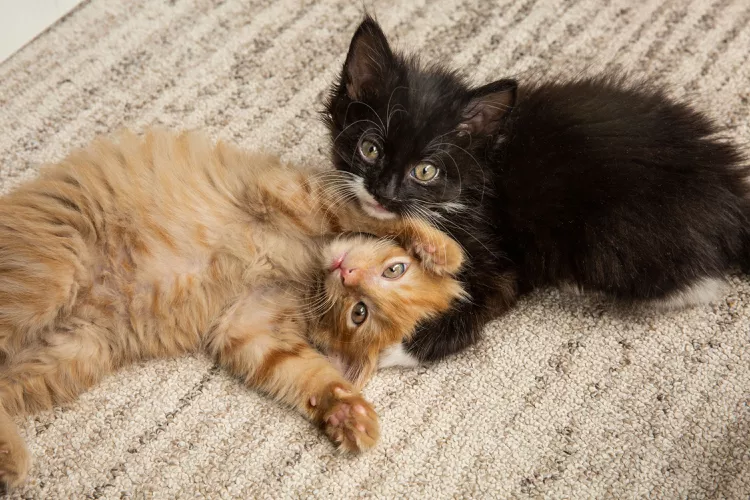
Why Two Kittens Are Better Than One
There are benefits of adopting two kittens, such as more feasible training and companionship between them.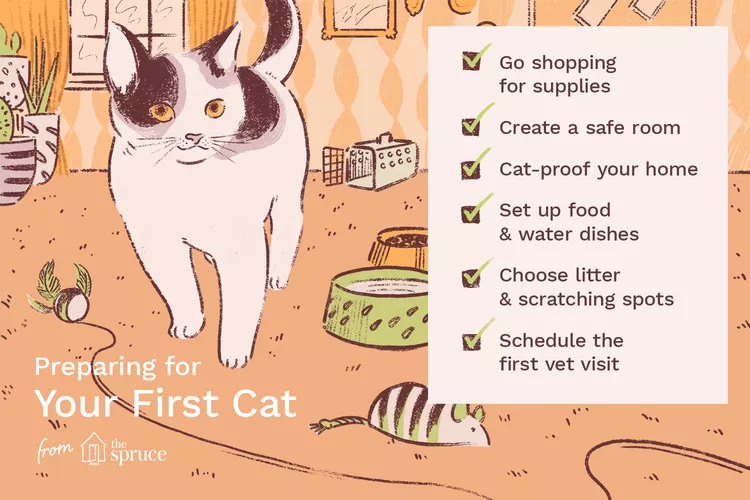
Everything You Need to Know About Raising Your First Cat
Whether you are thinking about getting a cat or just adopted your first one, these are the things to know to make your relationship a lasting one.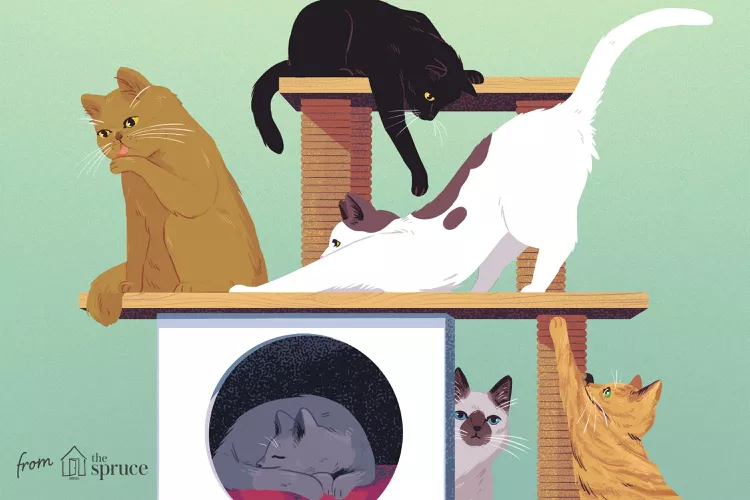
How Can I Tell the Sex of a Cat?
Telling male and female cats apart can be difficult for those who don't know what they're looking for. Here are helpful tips to discover their sex.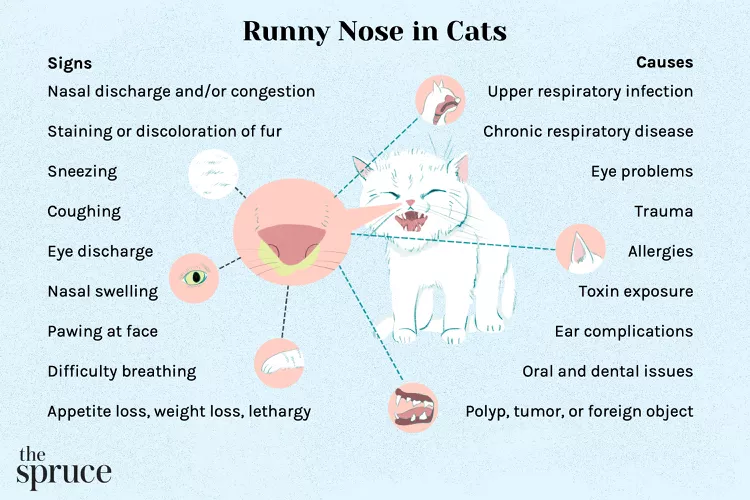
Runny Nose in Cats: Causes and Treatment
Cats get runny noses due to upper respiratory issues, but many conditions can cause this. Learn the causes of runny noses in cats and the associated signs. Find out how vets diagnose and treat cats with runny noses.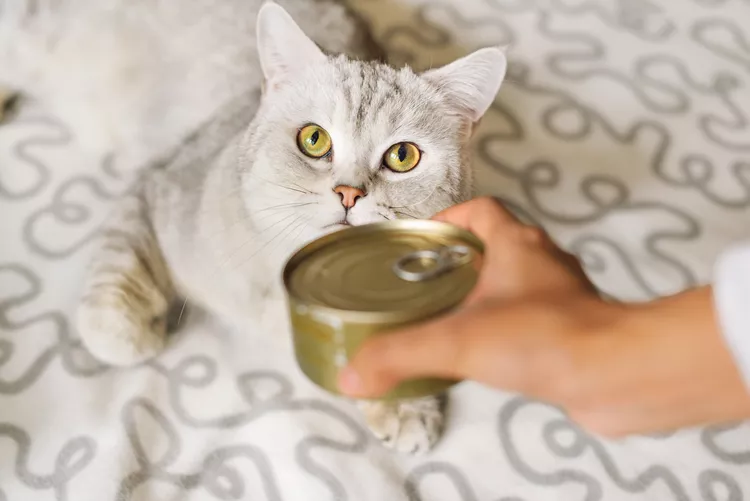
How Long Can You Safely Leave Canned Cat Food Out?
You cannot safely leave canned cat food out all day. Twenty to 30 minutes is the max, so give smaller portions and reheat food for later feedings.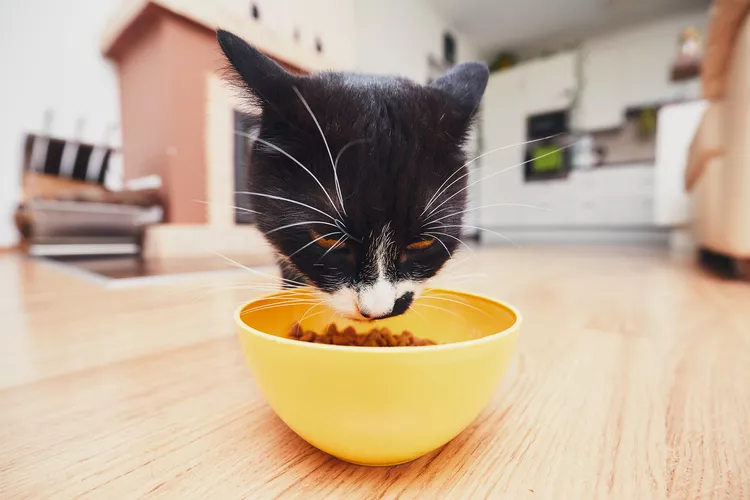
Meat Byproducts in Cat Food
Most cat experts recommend premium brands of cat food that avoid ingredients like byproducts and chicken meal. Learn what to look for on the label.
How Much Wet Food to Feed a Cat Every Day
The amount of wet food your cat needs depends on factors such as age, weight, body condition, and lifestyle. Learn how much wet food to feed your cat.
Taurine for Cats
Taurine is an essential animal protein in your cat's diet. Learn more about the various ways it supports your feline's body.
The Different Types of Pet-Friendly Workplaces
Discover the different types of pet-friendly workplaces and the benefits they offer employees. Learn how to create a pet-friendly workplace and the best practices for pet owners.
8 Halloween Safety Tips for Pets
The spooky holiday can be overstimulating and even dangerous for pets. Here's how to avoid the problems caused by toxic candy and incessant doorbells.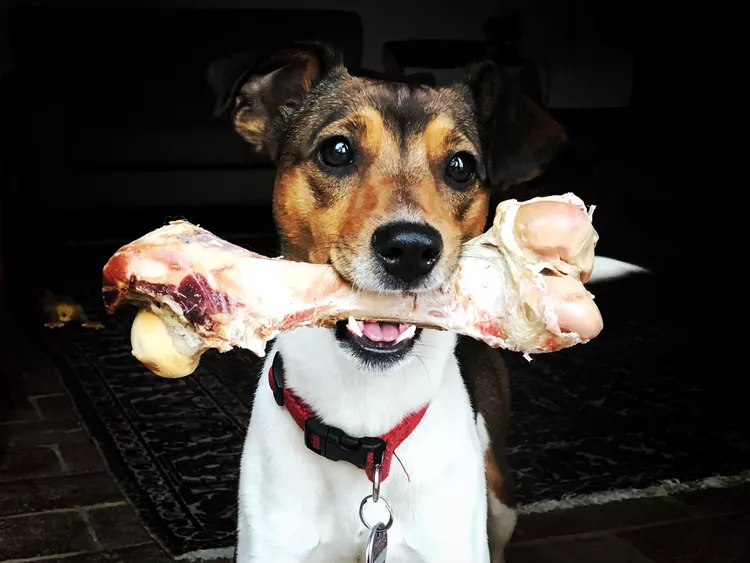
Why You Should Keep Cooked Bones Away From Your Dog This Holiday Season
People should be aware of the dangers of cooked bones, especially around the holidays when they might be more accessible to your pup.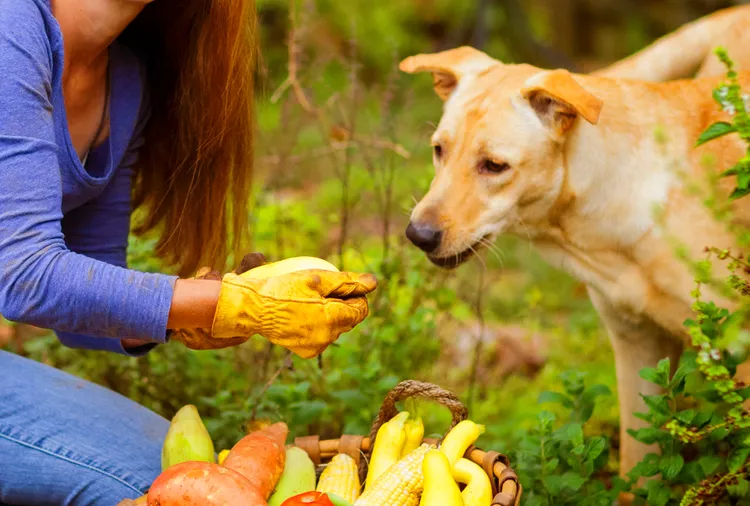
Can Dogs Eat Squash? Here's What a A Vet Thinks
Dogs can safely eat squash as long as it's prepared correctly. Find out how to properly feed this versatile fruit to your dog.
16 Small Cat Breeds That Are Petite Purring Machines
Small cat breeds like the Singapura and munchkin may be smaller than an average housecat, but they leave a giant imprint on your heart.
10 Best Cats With Big Ears
Cats with big ears often look extra endearing. Check out some common big-eared cats, including the Abyssinian, Devon Rex, Siamese, Sphynx, and more.
Javanese (Colorpoint Longhair): Cat Breed Profile, Characteristics & Care
The Javanese is a semi-longhaired, color-pointed cat of Siamese type. They are related to the Siamese, Colorpoint Shorthair, and Balinese breeds.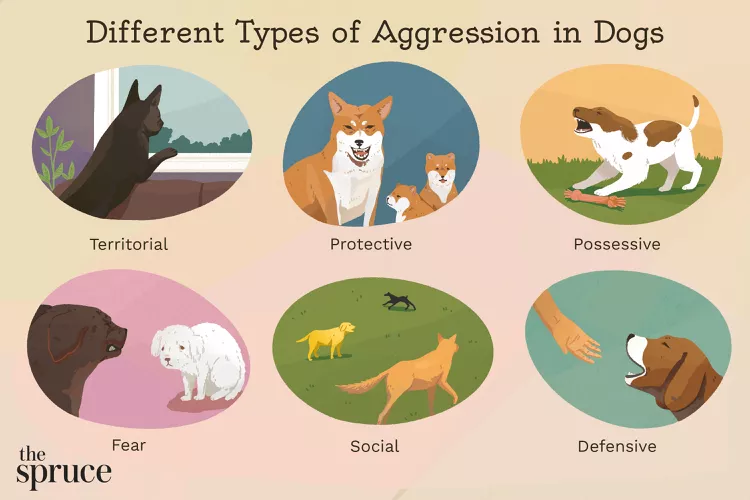
How to Stop Aggression in Dogs
Dog aggression can be a serious behavior issue for pet owners. Learn how to stop aggression in dogs before someone gets hurt.
Should Dogs Be Allowed on Furniture?
Should you let your dog on the couch or in the bed with you? Are there any reasons we should not let dogs on the furniture? Here's what to know.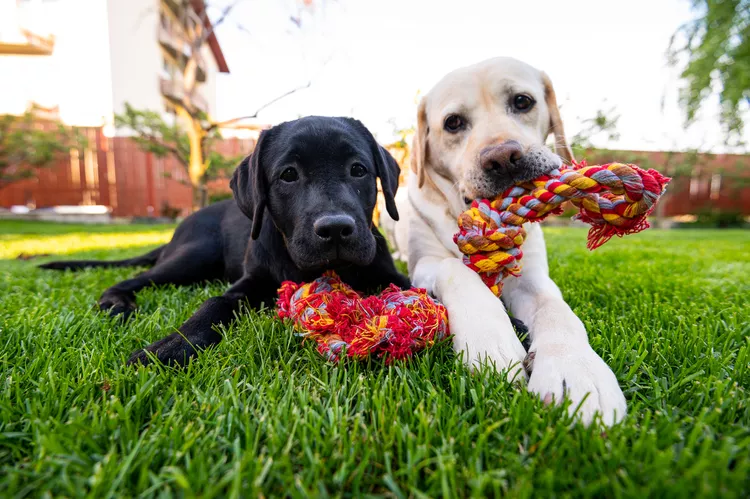
Why Do Dogs Eat Rocks?
One of the most common non-food items for dogs to eat are rocks. Here's what to know about why dogs eat them and how can you stop your dog from eating rocks.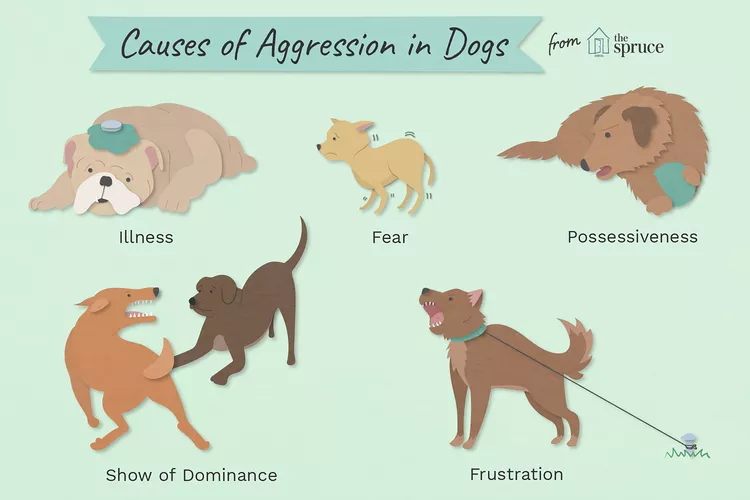
Why Dogs Get Aggressive and How to Stop It
Why is your dog biting you aggressively? Sometimes dogs can become aggressive with little warning. Find out what causes your dog to become aggressive so you can work with the behavior.
Thai Ridgeback: Dog Breed Characteristics & Care
Learn all about the Thai Ridgeback, a rare breed from Thailand. Find out how to care for the loyal dog and where to buy or adopt one.